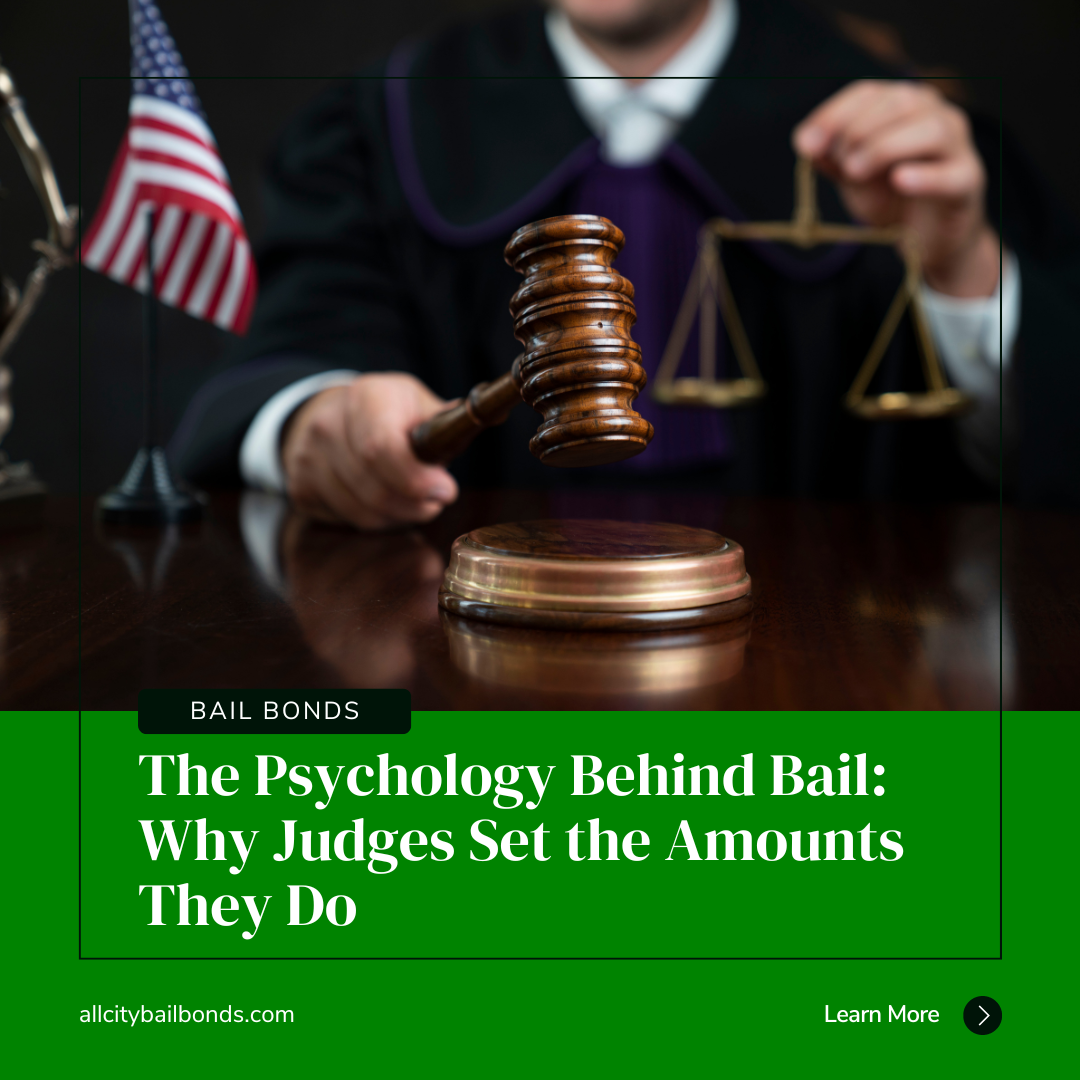
When it comes to setting bail amounts, judges wield considerable discretion, guided by a complex interplay of legal guidelines and psychological factors. This article explores why and how judges determine bail amounts, shedding light on the nuanced decision-making process that balances the law, public safety, and individual rights.
Understanding the Basics of Bail Setting
Bail is essentially a financial assurance provided by the accused to the court, promising that they will appear for their trial and all required pre-trial proceedings. The primary purpose of setting bail is not to punish the accused but to ensure their compliance with the judicial process while allowing them temporary freedom.
Legal Factors Influencing Bail Decisions
Judges consider several legal factors when setting bail:
- Severity of the Crime: Generally, more severe crimes have higher bail amounts due to the increased risk they pose to society.
- Past Criminal Record: Individuals with a history of crime, especially those involving failures to appear in court, typically face higher bail amounts.
- Risk of Flight: If a judge believes an individual might flee, they may set a higher bail to discourage such actions.
- Community Safety: Judges often assess the potential harm an accused might pose to the community if released before trial.
Psychological Factors at Play
Judges are humans, and their decisions are influenced by more than just the facts of the case:
- Judicial Bias: Although judges strive for impartiality, subconscious biases may affect their decisions. They might set higher or lower bail based on their perceptions of the defendant's character or background.
- Public Opinion: High-profile cases might be influenced by public sentiment, where judges feel pressure to act in a way that aligns with public expectations.
- Defendant’s Demeanor: A defendant’s behavior and appearance in court can impact a judge's perception and, subsequently, the bail amount. Cooperative and remorseful behavior might lead to more favorable conditions compared to defiant attitudes.
The Role of Precedents and Guidelines
While judges have discretion, they operate within a framework of legal precedents and statutory guidelines that aim to standardize bail practices. This ensures a level of consistency in how bail is set across similar cases, though variability is inevitable given the unique aspects of each case.
The Impact of Economic and Social Factors
Economic disparities often come into play in the bail system. Wealthier defendants can afford to post bail at higher amounts, while poorer individuals might remain in custody for the inability to pay, raising concerns about fairness and equality in the bail process.
Navigating Bail Decisions
For those facing bail, understanding these factors can provide insights into what to expect and how to prepare for bail hearings. Legal representation can help argue for fairer bail conditions, emphasizing factors like ties to the community or lack of prior criminal history.
Conclusion
The setting of bail is a critical component of the judicial process, influenced by a blend of legal standards and psychological factors. By understanding these dynamics, individuals can better navigate the complexities of bail and advocate for fair treatment.
Do you need help posting bail? We help people in Washington and across the United States post bail quickly and affordably, and we offer free bail consultations so you can understand all your options. Give us a call anytime, day or night, to claim your free bail consultation at 1-800-622-9991
